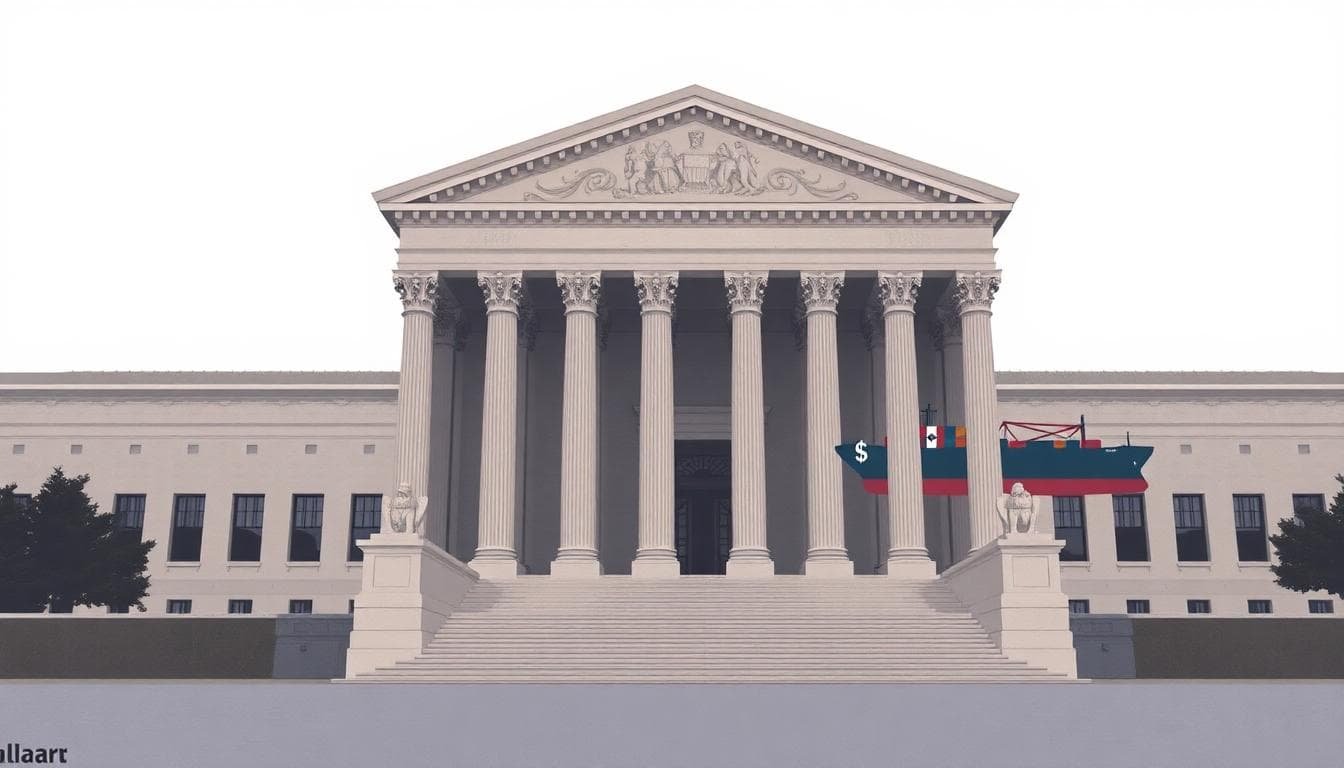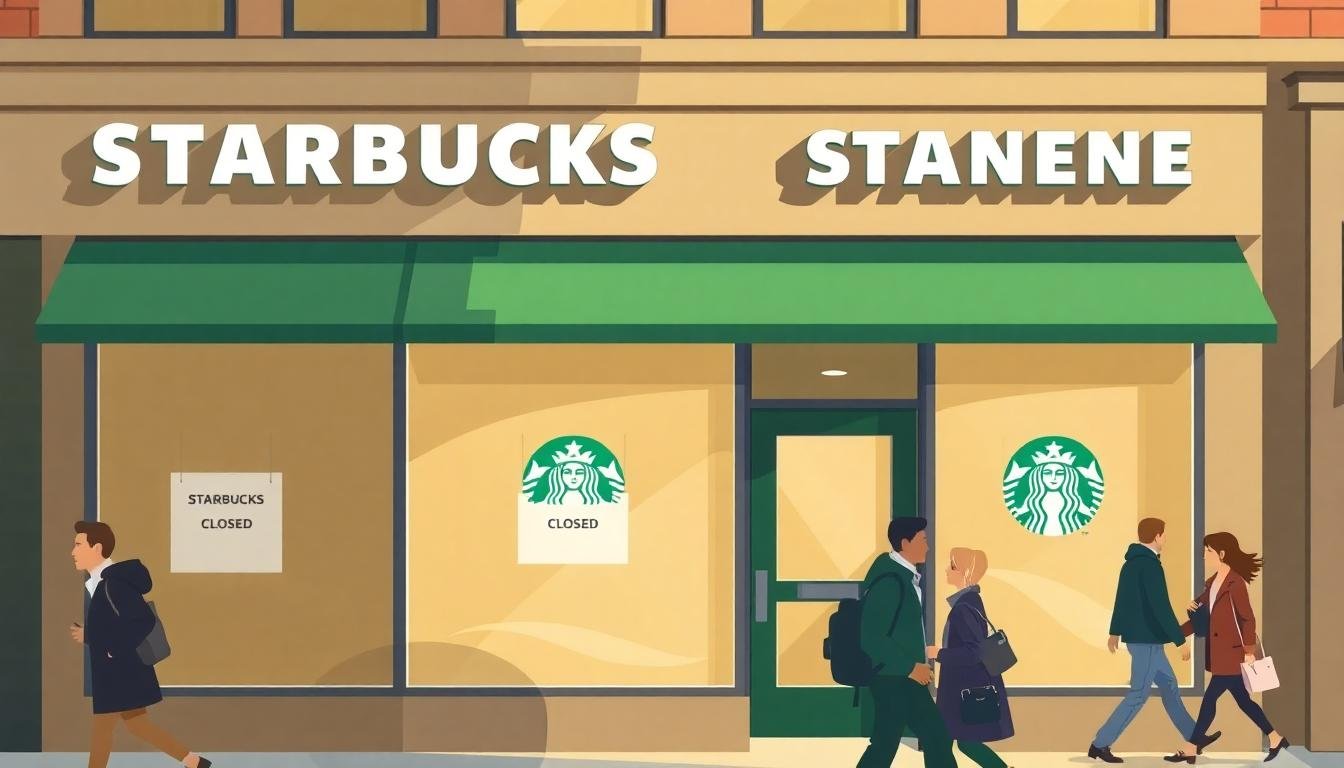Legal challenges to sweeping tariff powers could shape trade policy, consumer prices, and presidential authority.
Debate is intensifying over how far a president can go in setting tariffs on imports. Recent reporting highlights potential Supreme Court involvement in cases that test broad executive powers on trade. At issue are long-standing statutes that let the White House raise or adjust tariffs in the name of national security or economic emergency.
Tariffs affect more than trade flows. They influence consumer prices, supply chains, business investment, and foreign relations. Any ruling that narrows or clarifies presidential authority would reshape how future administrations use tariffs as a policy tool.
Why the Court’s Role Matters
Congress writes trade laws. Agencies and the president implement them. Over the decades, lawmakers passed statutes that grant the executive branch flexibility to act quickly when conditions change. Courts are now being asked to decide where that flexibility ends and congressional power begins.
- Separation of powers: The Court may weigh how much tariff-setting power Congress can delegate to the executive without violating the Constitution.
- Standards and limits: Judges could require clearer guardrails, evidence standards, or time limits for emergency measures.
- Precedent for future policy: A decision would affect not just one president, but any administration that invokes similar authorities.
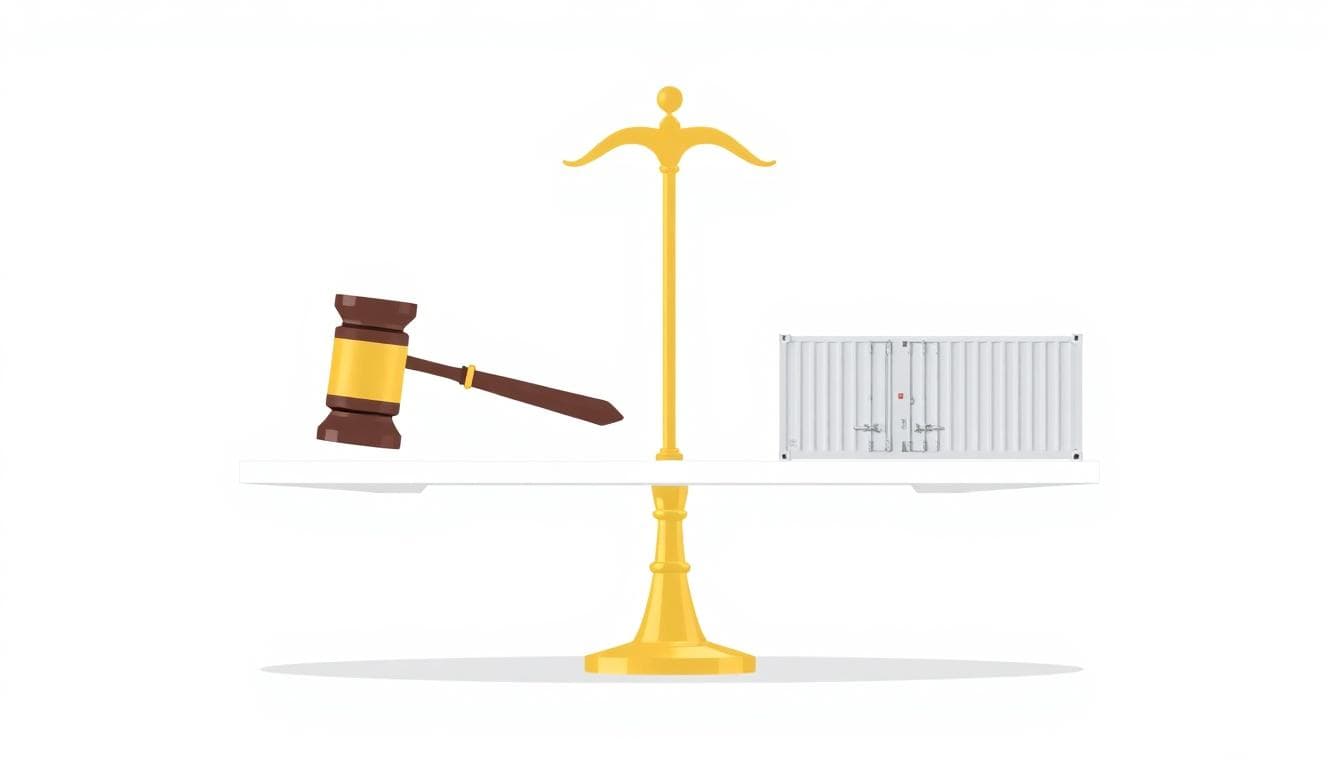
Key Legal Questions
- Nondelegation concerns: How specific must Congress be when handing tariff authority to the executive? Are current laws too broad?
- National security scope: What counts as national security in the trade context, and how much deference do courts give the president?
- Procedural safeguards: Should agencies show stronger evidence, seek public comment, or review data more often before adjusting tariffs?
- Judicial review: When and how can courts second-guess a tariff decision without stepping into policymaking?
Economic Ripple Effects
Tariffs act like a tax on imports. Importers often pass costs to businesses and consumers. Over time, companies try to diversify suppliers or bring production closer to buyers. That can reduce exposure to shocks but may raise short-term costs.
Industries respond differently. Sectors shielded by tariffs may see temporary relief. Exporters can face retaliation abroad. Small businesses feel paperwork and price swings more acutely than large firms with deeper supply chains.
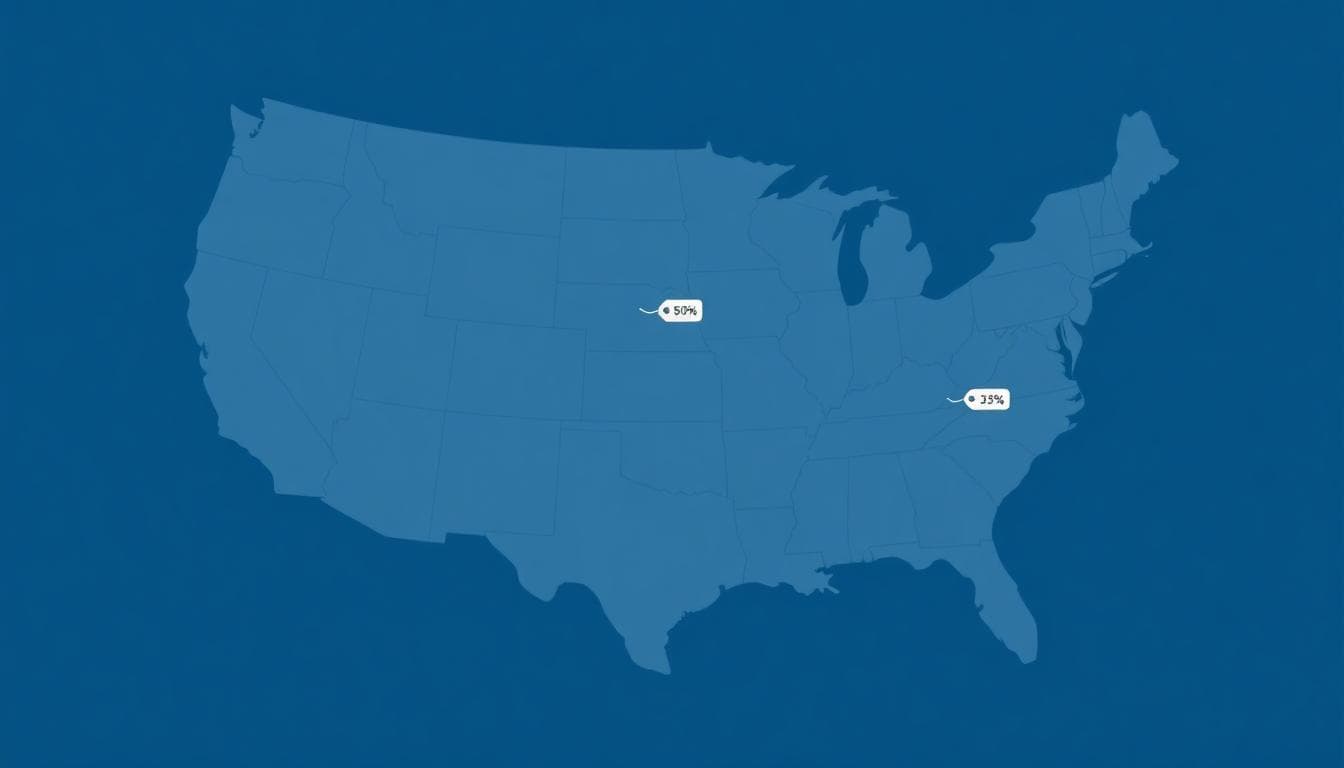
Possible Outcomes and Implications
- Uphold broad powers: The Court could maintain wide executive discretion. Expect continued use of tariffs as a flexible tool, with fast policy shifts.
- Narrow or clarify: The Court might require clearer criteria, periodic review, or better evidence. That would slow changes and force more transparency.
- Major reset: A sweeping ruling could push Congress to rewrite trade laws. Policy would move back toward Capitol Hill, with more debate and longer timelines.
Even modest changes to legal standards can alter negotiating leverage with allies and rivals. Trading partners watch U.S. court signals to gauge how stable American policy will be over the life of contracts and investments.
What Businesses Should Watch
- Exposure mapping: Identify SKUs and inputs that carry tariff risk. Know your HS codes and alternative suppliers.
- Contract flexibility: Build pricing clauses that account for tariff changes, and diversify lead times.
- Compliance hygiene: Keep documentation clean. Classification errors are costly under shifting rates.
- Scenario planning: Model outcomes under higher, lower, or reallocated tariffs to guide inventory and hiring.
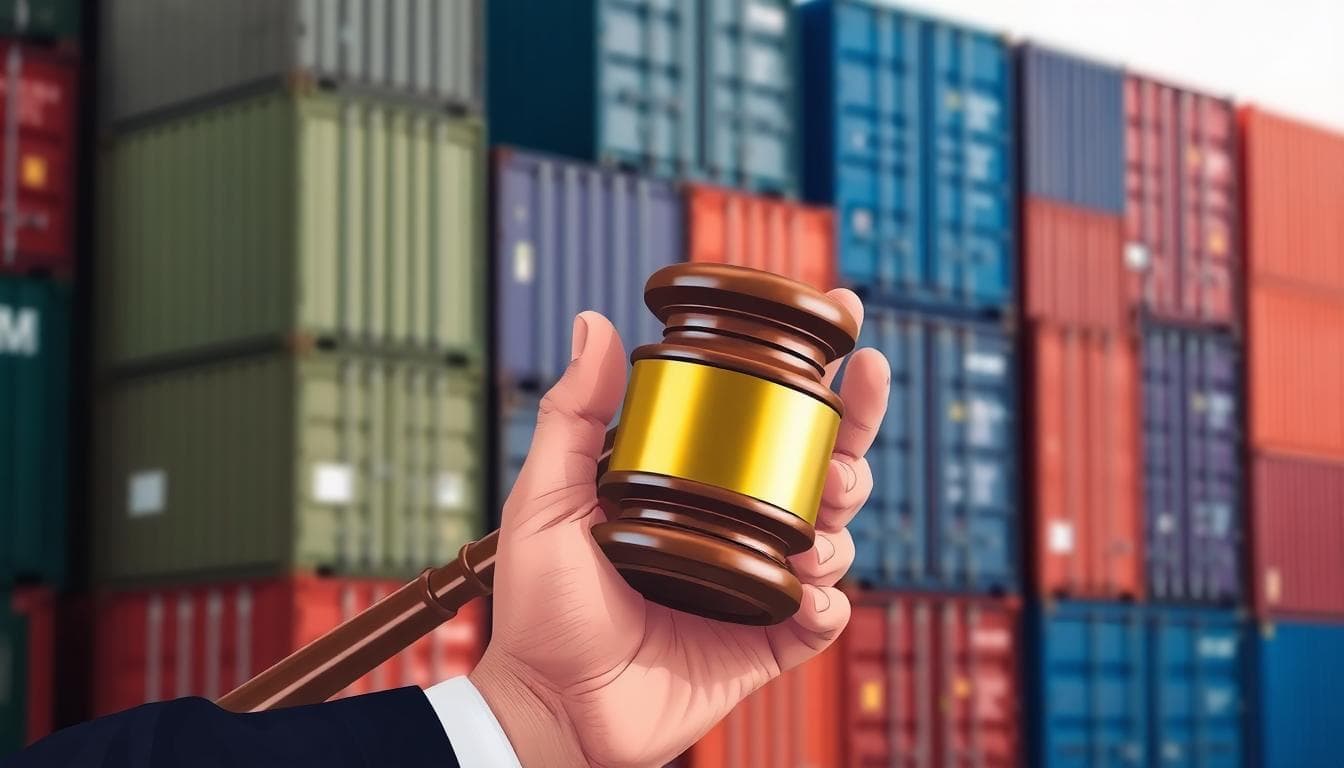
For Readers and Voters
Tariffs can raise prices on everyday goods, from electronics to clothing and food. They can also protect certain domestic jobs or shift production closer to home. Court rulings that change how tariffs are used will influence what you pay and where products come from.
It is helpful to separate short-term politics from longer-term rules. Courts focus on what the law allows, not whether a policy is popular. That distinction shapes how policies survive beyond a single election cycle.
Challenges to presidential tariff authority are moving into sharper legal focus, with the Supreme Court likely to play a central role. Any decision that clarifies or narrows executive power will ripple through trade strategy, prices, and diplomacy. Businesses, consumers, and policymakers should prepare for a range of outcomes—and follow the Court’s docket closely. Want me to add SEO pieces for this one too, lad? I can provide a meta title, meta description, and a clean permalink slug.
To contact us click Here .
